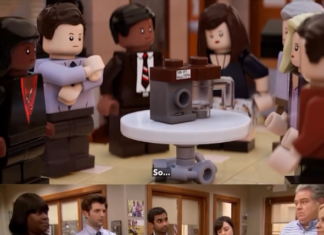Scott Tulay’s drawings have a certain edge to them. Exploring the relationship between light and dark, they highlight the ambiguity of space. The end result—a tight gathering of lines and blobs—offers a deconstructive approach to architecture.
Which makes sense judging by Tulay’s extensive background in architecture. Having first received training in drawing at the School of the Museum of Fine Arts in Boston, Tulay would later graduate from M.I.T. with a Master’s of Architecture degree.
But his interest in art brought him back to the drawing table. By referencing architecture and nature, Tulay engages the viewer by layering dimensional space. The drawings made of ink, charcoal, and watercolor tend to stick to a black, white, and gray palette, which serves to highlight his clever play with shadows and light.
“Whether inspired by built form or natural context, my art is constructed by an armature of light,” he writes on his website. “Light, or what looks like atmosphere or fog, is engaged in either defining space or dematerializing the landscape or architectural elements depicted.”
According to Tulay, this treatment of light, combined with an unclear relationship of the viewer’s place in relation to the ground plane, creates a spatial disconnect with an ambiguity of depth and motion. “In other words,” he explains, “in some drawings the viewer appears to be floating and is looking both up and down at the same time.”
It may be a disorienting feeling, but certainly one you’d want to explore!



